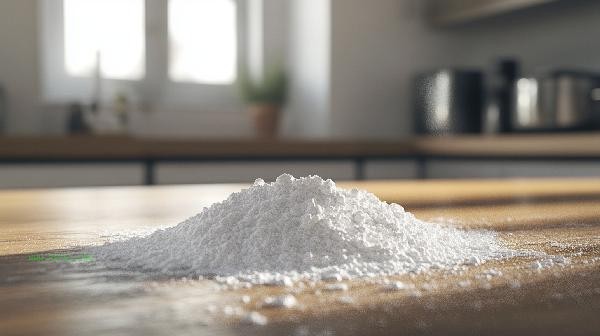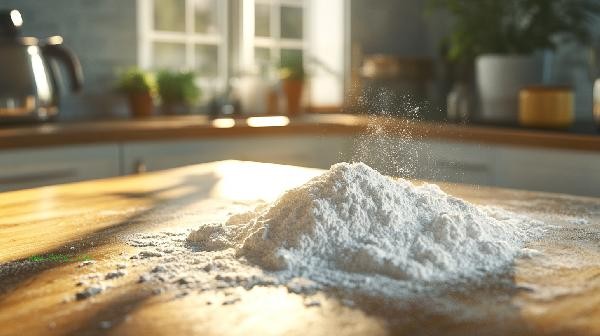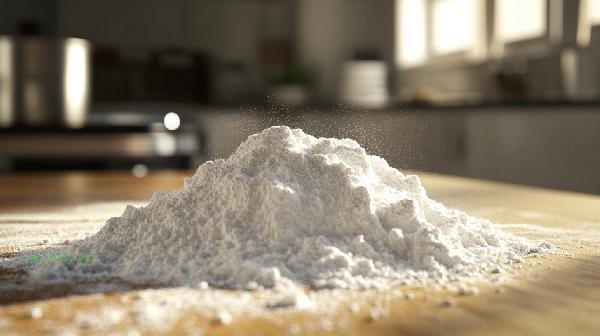It is recommended to use warm water when brewing baking soda, as excessive water temperature may damage its active ingredients. The selection of water temperature is mainly related to factors such as dissolution effect, ingredient stability, taste experience, usage purpose, and safety.

Warm water can dissolve baking soda more gently, avoiding the rapid decomposition and failure of sodium bicarbonate caused by high temperature. It is more suitable to control the water temperature at 40-50 degrees Celsius, which can fully dissolve without damaging the components. After being brewed with warm water, the taste becomes softer and less stimulating, making it suitable for direct consumption or baking. If used for non edible purposes such as cleaning or deodorization, warm water can also better activate its alkaline properties. Boiling water may cause some effective ingredients to evaporate or accelerate chemical reactions, reducing the effectiveness of use. At high temperatures, sodium bicarbonate is easily decomposed into sodium carbonate, which increases alkalinity but decreases effectiveness, possibly affecting stomach comfort. When rapid dissolution is required in emergency situations, hot water below 60 degrees Celsius can be briefly used to stir, but it should be used up as soon as possible. For special purposes such as fermenting dough, it is necessary to strictly control the water temperature according to the recipe to avoid affecting yeast activity. When using baking soda in daily life, it is recommended to choose warm water around 40 degrees Celsius for brewing, which can ensure dissolution efficiency and retain effective ingredients. When storing, it should be sealed and moisture-proof to avoid contact with acidic substances. When used for food preparation, the dosage should be strictly controlled, as excessive intake may disrupt the acid-base balance in the body. Special populations such as gastrointestinal sensitive individuals should use it under the guidance of a doctor, and wear gloves to protect their skin when cleaning externally.










Comments (0)
Leave a Comment
No comments yet
Be the first to share your thoughts!